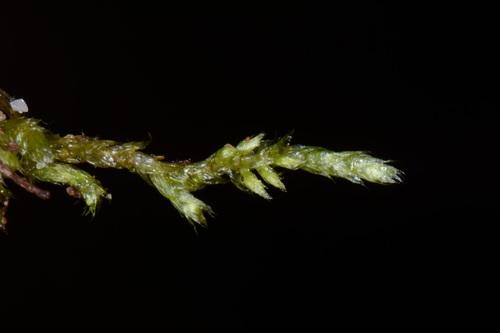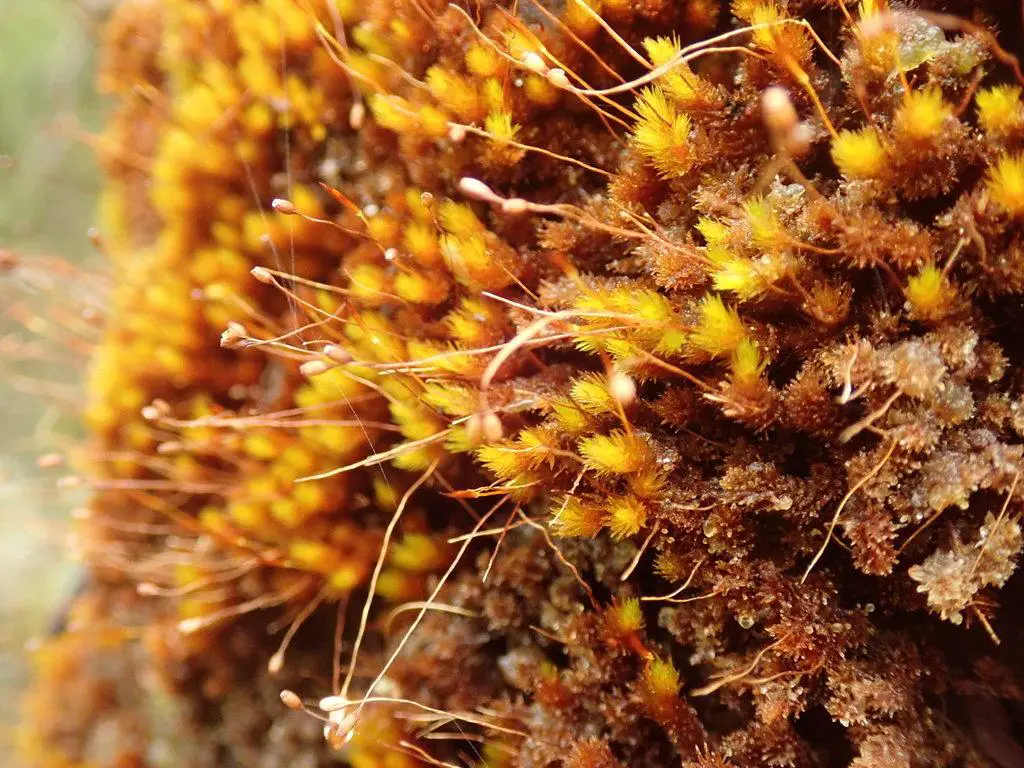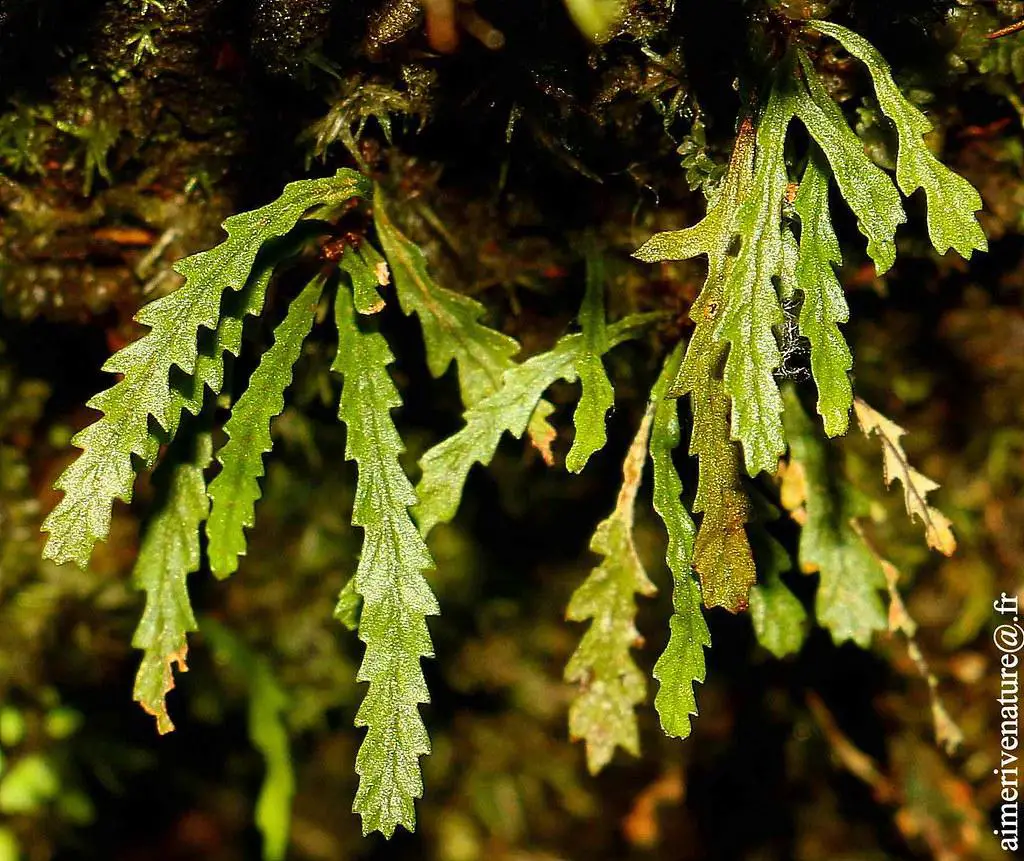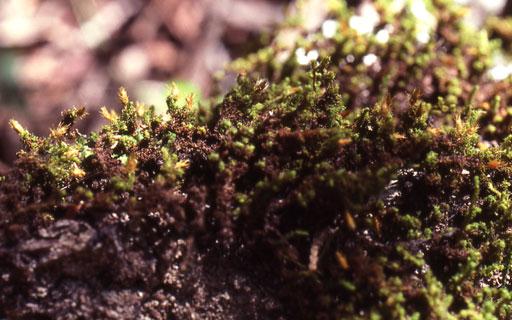Exploring Macromitrium serrulatum Mitt.: A Fascinating Moss
Affiliate Disclaimer: As an affiliate, we may earn a small commission when you make a purchase from any of the links on this page at no additional cost to you!

medium.jpg from: https://www.inaturalist.org/taxa/281864-Rhynchostegium-serrulatum
Exploring the Fascinating World of Macromitrium serrulatum Mitt. Moss
Introduction
Mosses are often overlooked, but they play crucial roles in ecosystems around the world. One particularly interesting species is Macromitrium serrulatum Mitt., a moss in the Orthotrichaceae family. In this blog post, we’ll dive into the details of this fascinating plant, from its morphology to its ecological importance. Get ready to discover the hidden world of Macromitrium!
Background
Macromitrium serrulatum Mitt. is a species of moss classified in the Bryophyta division and Bryopsida class. The Orthotrichaceae family, to which it belongs, contains over 900 species found worldwide. Mosses like M. serrulatum lack true roots, stems, and leaves, instead having simplified structures that serve similar functions.
Morphology and Identification
M. serrulatum forms small tufts or cushions on tree bark, rocks, or other substrates. Its shoots are typically

large.jpeg from: https://inaturalist.nz/observations/88236610
1-3 cm tall. The leaves are lanceolate in shape, 1-2 mm long, and have serrated margins (hence the species name “serrulatum“). The leaf cells are rounded-hexagonal. Sporophytes (spore-producing structures) are common, with cylindrical capsules on short setae (stalks).
Global Distribution and Habitat
This species has a wide distribution, found in tropical and subtropical regions of the Americas, Africa, Asia, and the Pacific. It grows in lowland to montane forests, often in humid microhabitats

48297758626_d95aff3905_b.jpg from: https://www.flickr.com/photos/182520580@N04/48297758626/
. M. serrulatum is typically epiphytic

Macromitrium_prolong031018L.jpg from: https://www.digital-museum.hiroshima-u.ac.jp/~museum/habit/moss_habit/Macromitrium prolongatum/Macromitrium_prolongatum.html
, growing on tree trunks and branches, but can also be found on rocks and logs.
Ecological Roles and Adaptations
Like other mosses, M. serrulatum plays important roles in its ecosystems:
- Moisture retention: Moss cushions trap and hold water, helping to regulate humidity in the microenvironment.
- Nutrient cycling: As mosses decompose, they release nutrients back into the ecosystem.
- Habitat for microorganisms: Many tiny creatures make their homes among moss shoots.
M. serrulatum has adaptations for its epiphytic lifestyle:
- Desiccation tolerance: It can survive periods of dryness by going dormant until moisture returns.
- Leaf structure: The serrated leaf margins may aid in water uptake and retention.
| Characteristic | Description |
|---|---|
| Shoot height | 1-3 cm |
| Leaf shape | Lanceolate |
| Leaf length | 1-2 mm |
| Leaf margin | Serrated |
| Leaf cells | Rounded-hexagonal |
| Capsule shape | Cylindrical |
| Seta length | Short |
Conclusion
Macromitrium serrulatum Mitt. may be small, but it’s a fascinating and ecologically important moss. From its global distribution to its morphological adaptations, this species illustrates the incredible diversity of the Bryophyta. Next time you’re in a tropical forest, take a closer look at the mossy growth around you—you might just spot some Macromitrium! What other secrets do you think the world of mosses holds?
